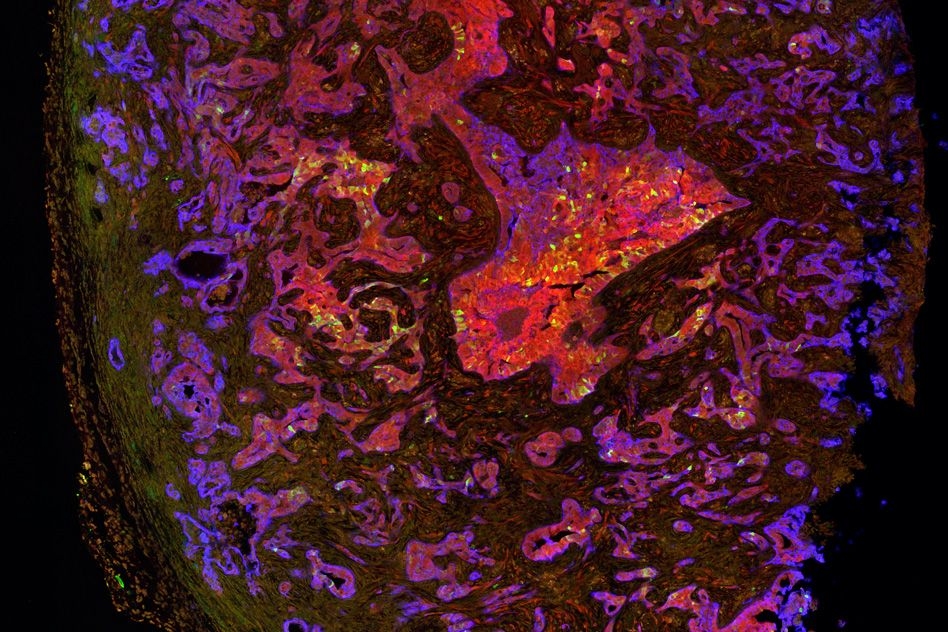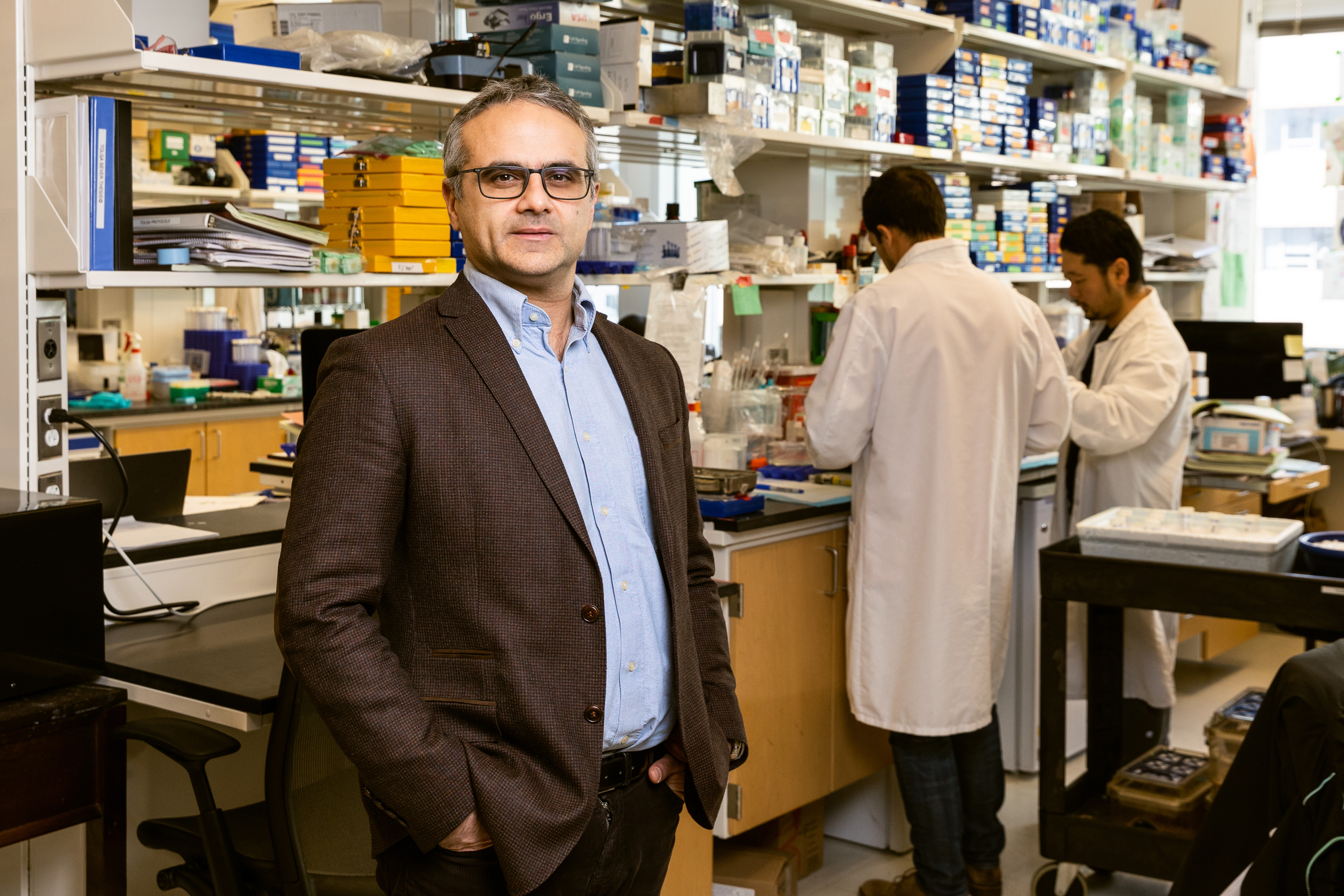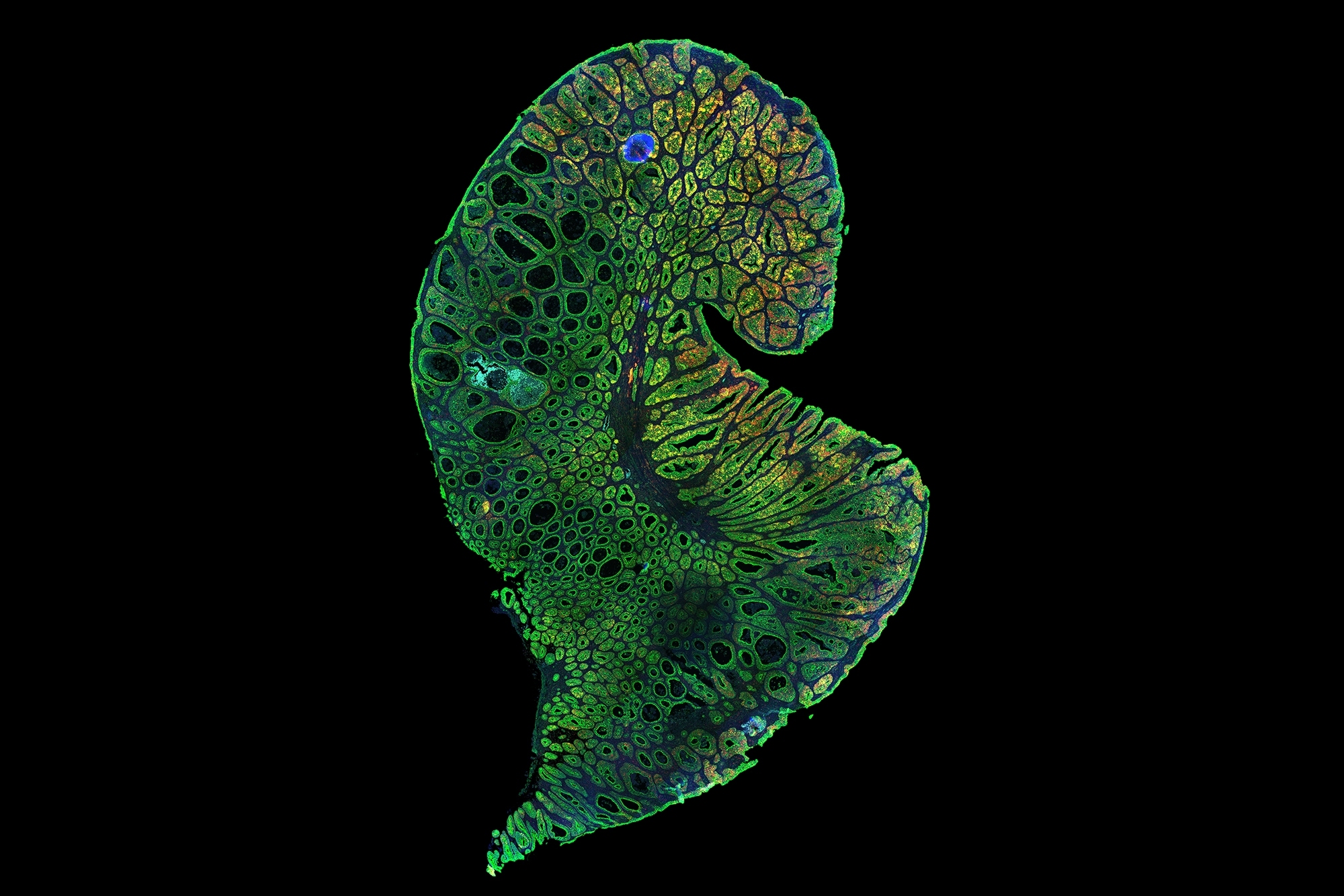Assessing the efficacy of mitoxantrone and doxorubicin as frontline anthracyclines during induction therapy of newly diagnosed acute promyelocytic leukemia
Background: Therapeutic advances in acute promyelocytic leukemia (APL) have transformed it into today’s most curable form of leukemia. However, recommended agents such as arsenic trioxide, idarubicin or daunorubicin are not easily available in low-middle-income countries, in which outcomes remain suboptimal. We aimed to assess the efficacy and safety of more accessible anthracyclines. Materials: We conducted a retrospective cohort including sixty-one patients diagnosed with APL over a 15-year period. Patients received low-dose all-trans retinoic acid (ATRA, 25mg/m2) with mitoxantrone or doxorubicin as induction to remission therapy. Groups were compared using the χ2 and Student’s T-tests. Kaplan–Meier analysis was used for survival analyses. Results: Thirty (49.18%) patients received mitoxantrone and 31 (50.82%) doxorubicin. The median follow-up was 24.6 months (1-146). Twenty-eight (93.3%) patients achieved complete remission (CR) in the mitoxantrone group and 28 (87.1%) in the doxoru
Background: Therapeutic advances in acute promyelocytic leukemia (APL) have transformed it into today’s most curable form of leukemia. However, recommended agents such as arsenic trioxide, idarubicin or daunorubicin are not easily available in low-middle-income countries, in which outcomes remain suboptimal. We aimed to assess the efficacy and safety of more accessible anthracyclines. Materials: We conducted a retrospective cohort including sixty-one patients diagnosed with APL over a 15-year period. Patients received low-dose all-trans retinoic acid (ATRA, 25mg/m2) with mitoxantrone or doxorubicin as induction to remission therapy. Groups were compared using the χ2 and Student’s T-tests. Kaplan–Meier analysis was used for survival analyses. Results: Thirty (49.18%) patients received mitoxantrone and 31 (50.82%) doxorubicin. The median follow-up was 24.6 months (1-146). Twenty-eight (93.3%) patients achieved complete remission (CR) in the mitoxantrone group and 28 (87.1%) in the doxorubicin group (p=0.103), median time to CR was 40 and 31 days, respectively. Mitoxantrone presented early mortality of 6.7% and a 16.7% relapse rate vs. 3.2% and 32.3%, respectively, with doxorubicin. No differences were found in survival (p=0.795), hospitalization days (p=0.261), or adverse events (p=0.554). Conclusion: The use of mitoxantrone or doxorubicin as induction therapy in newly diagnosed APL represents a safe and adequate alternative with comparable outcomes to first-line agents in scenarios where the latter might not be readily available such as low-middle income countries.
What's Your Reaction?
















